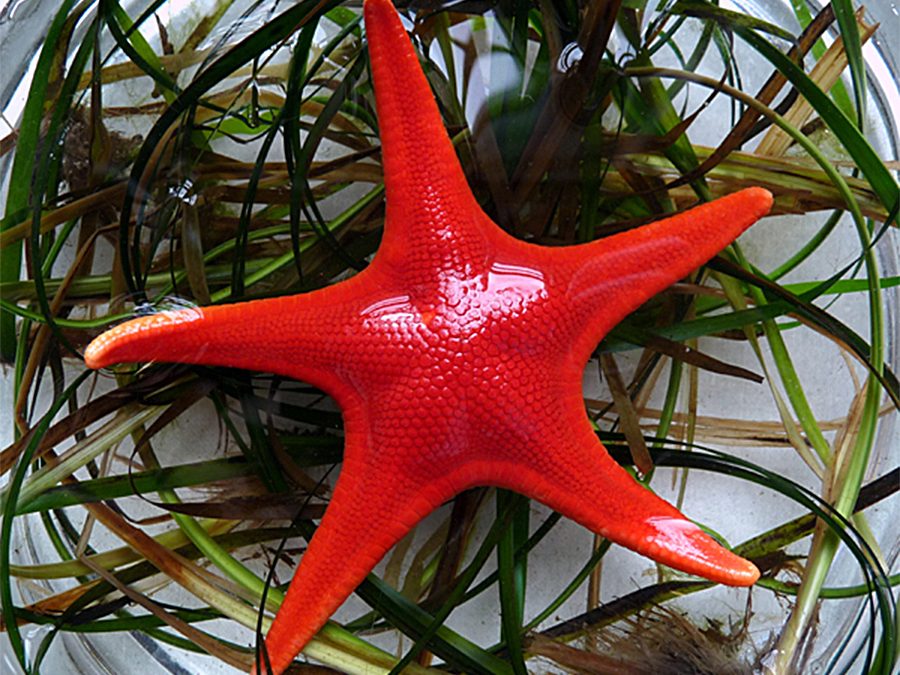
by David Young | Aug 14, 2024 | Echinoderms
Author: Yunfei Gong Common name: Vermillion star Scientific name: Mediaster aequalis Size range: 5 inches Identifying features: Mediaster aequalis is one of the smallest sea stars ranging in size from three to seven inches. It is a red, 5 armed (rarely,4 to...


